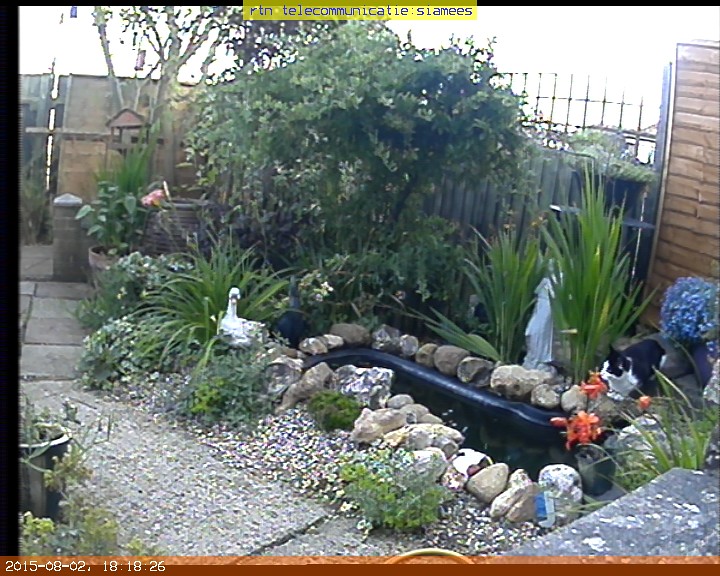› Forums › Radionics › What the CE (!) mark means and why you should be aware of radio interference › Re: What the CE (!) mark means and why you should be aware of radio interference
@General Lighting 703495 wrote:
Last week I had to take a prescription to a doctors surgery 420m away from my house and uphill. Out of curiosity, I put the transmitter high up in a corner of my room (the same upstairs room I was listening to NL radio today). As I was using the same pager frequency for work I left it on the low power of +11dBm (11 mW) – which will work all across my house.
The TX unit can however go to +18dBm (63 mW) and I do not need a site license from Ofcom until it is over +27 dBm (500 mW).
[/quote]
a quick addition to this; the device attracted the attention of a Dutch radioamateur, who wanted to know if it can also work at 2400bps (it does) and if it can send more power (it can do that as well, in fact to +20dBm or 100mW)
I double checked the Ofcom rules as to whether I could use the stronger power on the usual pager frequency (as changing the receive frequency has to be done using the 4 buttons on the pager and wipes out the date/time settings).
the same frequencies are shared with some telemetry equipment and radio controlled models). Ofcom’s document is not 100% clear and repeats the allocation 3 times with different powers..
However, I am genuinely building a PIR trigger to monitor the movements of a “circle of cats” that enter my garden; and deter them from pestering the ornamental fish my mum decided to put in the pond (in spite of me warning her the whole street is full of cats). Eventually a similar device will be tested at my work to check for wandering people in some areas.
Coincidentally this one actually encourages/teaches all the others to follow it into the garden – at least 5 others; including a very old cat, the young one shows the old cat where the easier gaps/entry points are.
This will use an 868 Mhz trigger device (which I already have) so I do not yet need to put a big hole through the outside wall for cables; but alarm PIRs open a loop rather than close it – so I also need to build a safeguard circuit to the 868 MHz TX otherwise the cats might claw the loop wire apart and the 868 MHz would be stuck in TX until the batteries ran down; and before that it may overheat and transmit a square wave; that could annoy a lot of people.
it would also serve as a check if 868 MHz is being cut across by the new 4G mobile phones that are on nearby frequencies…
When I get more time I will use the PIR trigger to send pager messages if cats (or other creatures) get into certain areas; activate one or more cameras, and trigger other devices such as LED lamps pointed towards other bits of the garden (so the cats chase them instead of bothering the fish).
If this all works well I can build a larger scale one for work – as this will give the older people freedom to wander yet remain protected.
This should under IR2030 UK count as a “medical and biological application” [other than the bird trackers Ofcom do not specifiy what species are covered by each allocation 😉
these were some of the +20dBM test messages (after all I was encouraged to do this by the Dutch) :laugh_at:
I have since set the power at +14dBM which is just about within the regs for everything (that is the output power of the chip, some is lost in the antenna wire and other inefficiencies)



